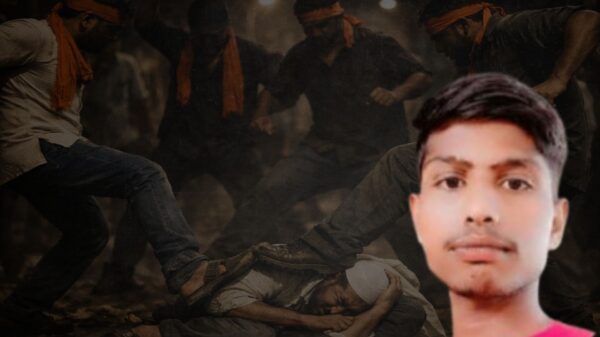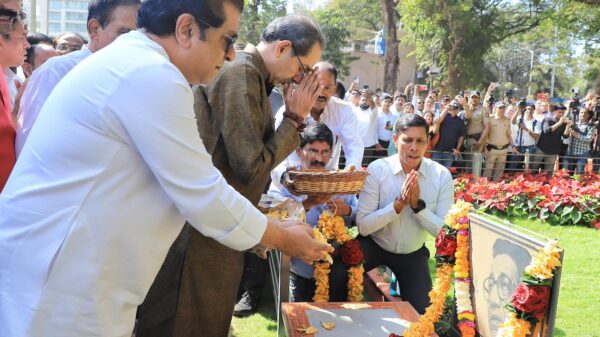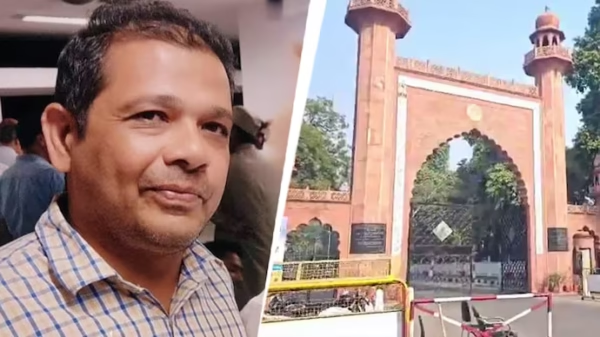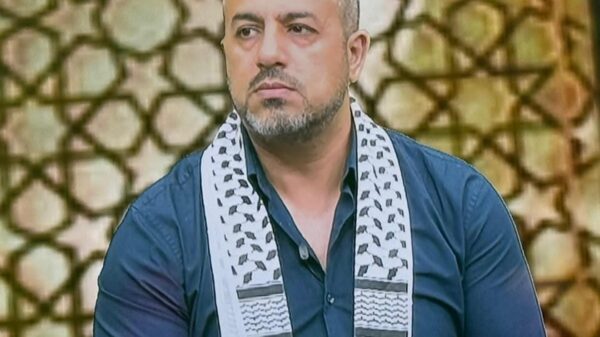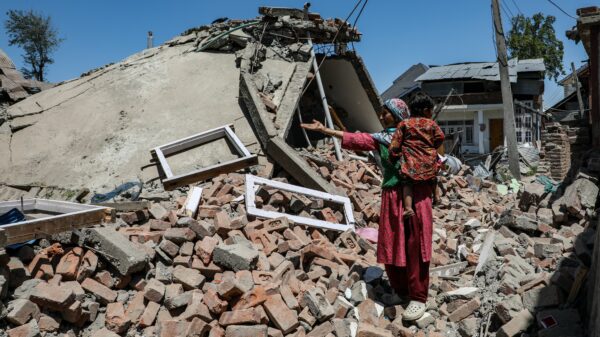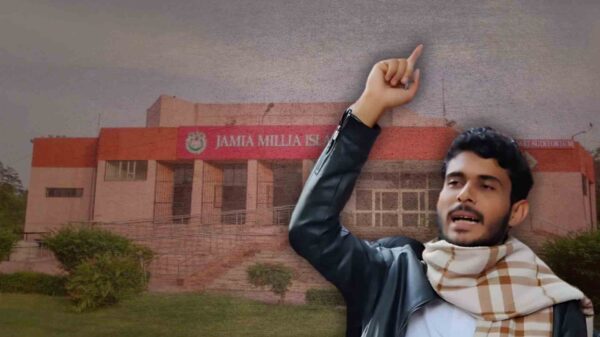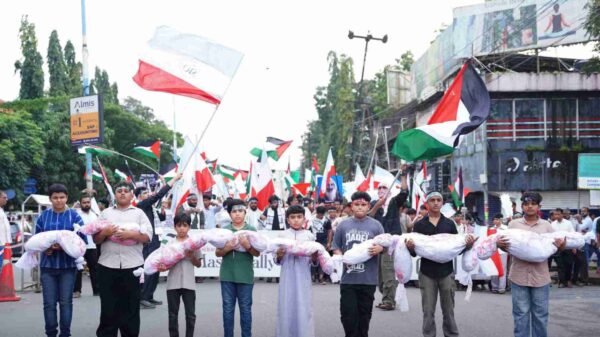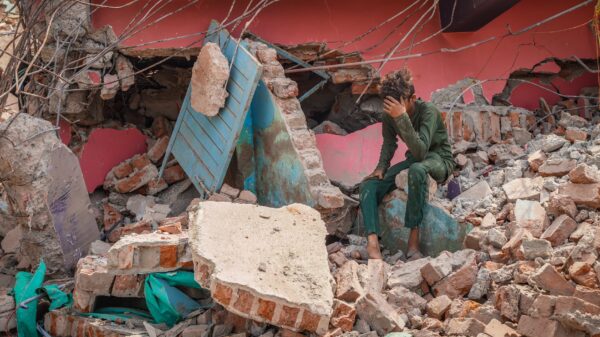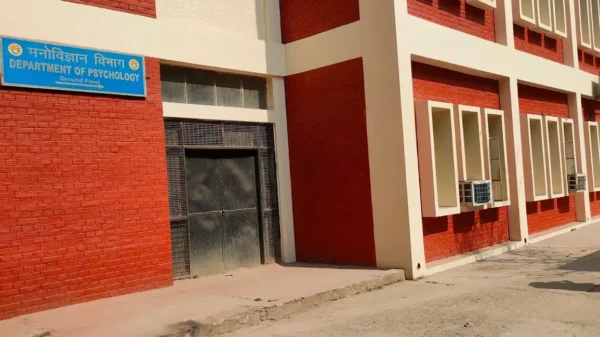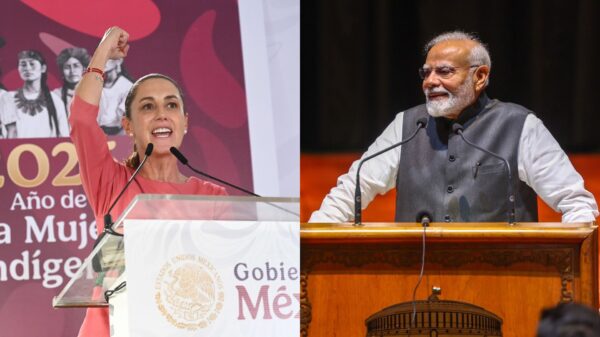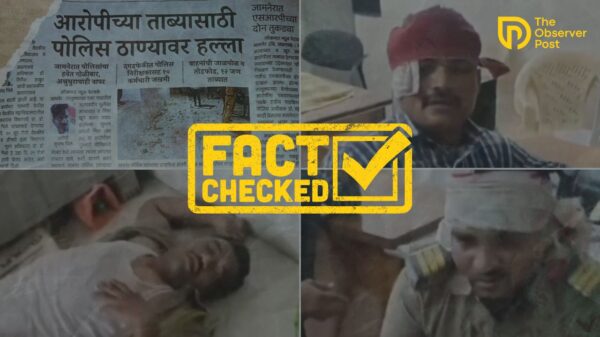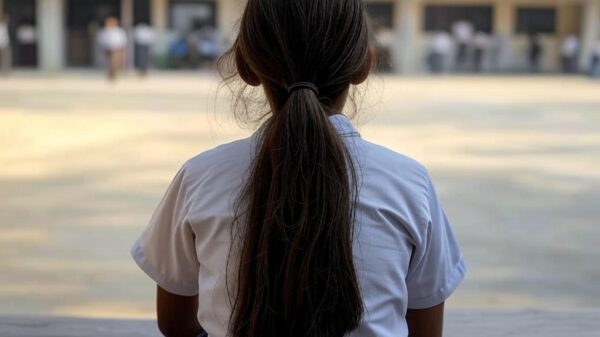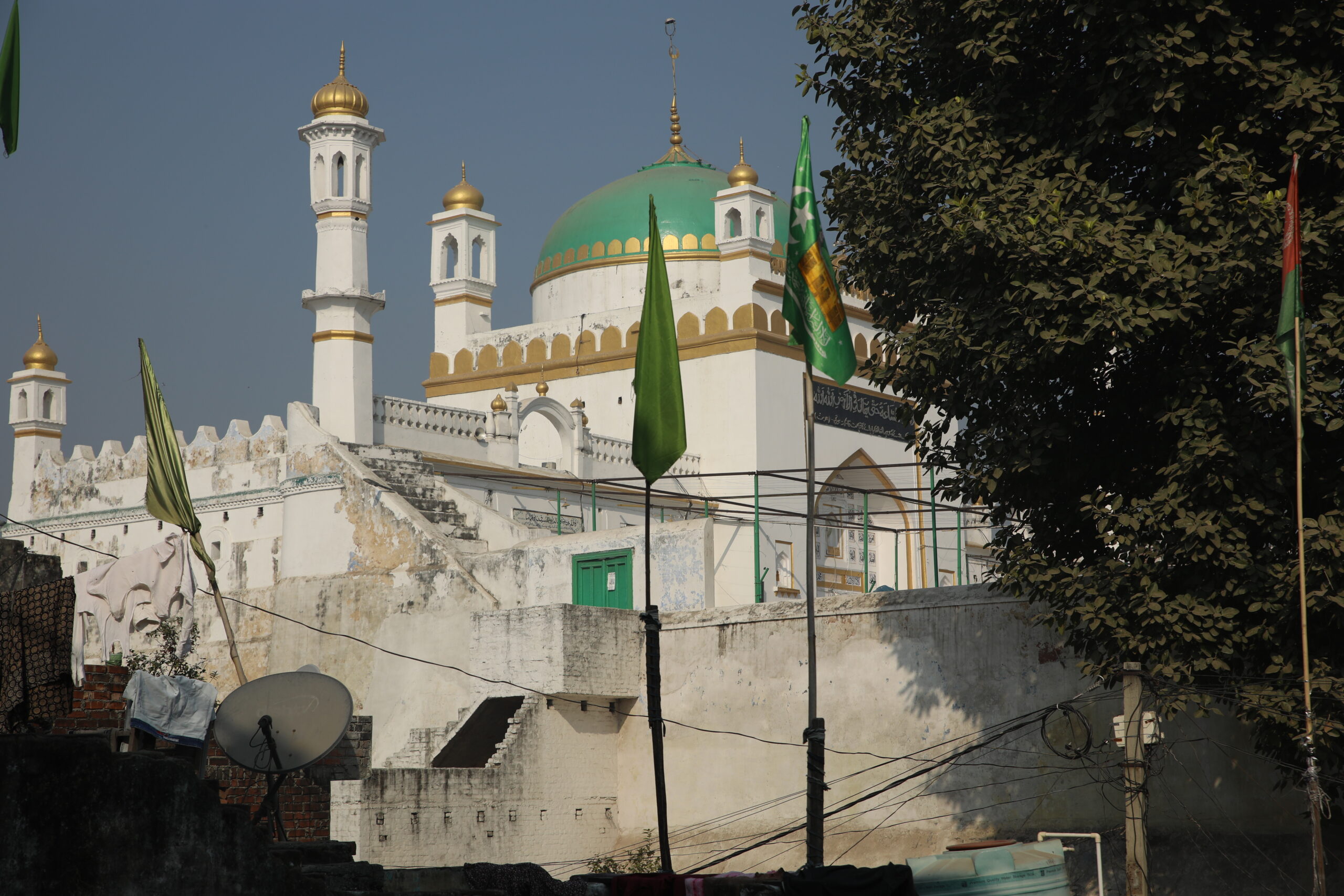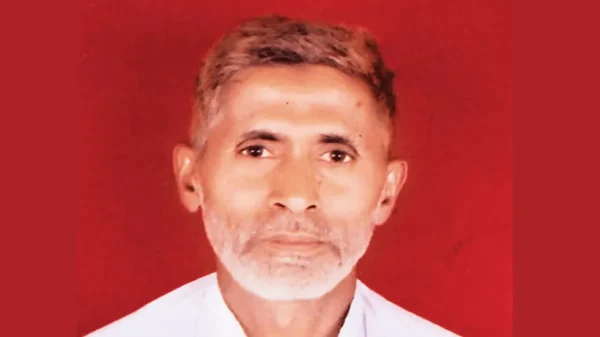The whitewashing of Jama Masjid in Sambhal, Uttar Pradesh, has started after the Allahabad High Court granted permission on March 12. The work, assigned by the Archaeological Survey of India (ASI), is expected to be completed within a week.
“A total of eight people are at work. We have been directed to whitewash the mosque and will finish the task within a week,” said the contractor overseeing the project.
The High Court allowed the mosque to be painted externally and decorated with lights but prohibited any structural alterations. The next hearing in the case is scheduled for April 8.
Security has been tightened around the Shahi Jama Masjid area following the court’s orders. A three-member panel—comprising ASI officials, a scientific expert, and a local administration representative—has been appointed to oversee the process.
“Tight security arrangements have been made at the site. Adequate police forces are deployed, and surveillance is being conducted through CCTV and drones,” said Sambhal ASP Shrish Chandra.
The development follows last year’s violence on November 24, when clashes erupted during the ASI’s examination of the Mughal-era mosque, resulting in four deaths and multiple injuries.
In February, a Special Investigation Team (SIT) filed a 4,000-page chargesheet covering six of the 12 cases related to the violence. So far, 80 arrests have been made, with 79 more pending. The chargesheet also said that some recovered weapons were manufactured in the UK, USA, Germany, and Czechoslovakia.






